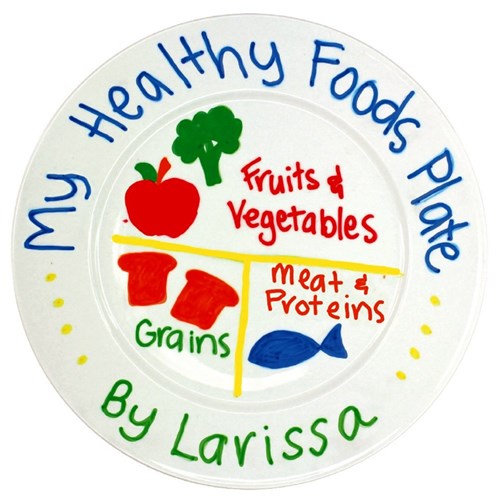Lesson Plan - Food
Educação Infantil ou Ensino Fundamental ( 1-7)
Educação Infantil ou Ensino Fundamental ( 1-7)
Objetivo: Ensinar diferentes tipos de comida (vegetables, junk food, health food, sweet, salty food, etc) e conscientizar a importância de alimentos saudáveis e incentivar a experimentar frutas, vegetais e etc.
Metodologia: Communicative language
teaching (CLT) O foco deste método é permitir que o aprendiz se comunique de forma eficaz e apropriada nas várias situações em que provavelmente se encontraria e Total Physical Response
(TPR) essa metodologia funciona fazendo o aluno responder a comandos simples como "Levante-se", "Feche o seu livro", "Vá até a janela e abra-a". O método enfatiza a importância da compreensão auditiva.
1-Step: Ask the students what is his-her favorite food. After that show some flashcards with HEALTHY AND JUNKY food. Using: Let's say! and make the students to repeat after the teacher.
2-Step: Using a ball (small ball) Play and tell: Ask each student to throw the ball to one of classmate and ask: WHAT IS YOUR FAVORITE FOOD? help them if necessary. In a circle they throw the ball and ask-answer. Teacher can also re-work with colors, size, shapes. Asking: Is the apple big or small? what color is it? is it salty? For flashcards:
https://supersimple.com/free-printables/do-you-like-broccoli-ice-cream-flashcards/
https://supersimple.com/free-printables/do-you-like-broccoli-ice-cream-flashcards/
3-Step: Show them the video and have some fun.
4-Step: Time table: coloring activities or worksheets:
http://www.thesuperteacher.com/preschool-healthy-foods-worksheet/
After done the worksheet. Make some crafts.
http://www.thesuperteacher.com/preschool-healthy-foods-worksheet/
After done the worksheet. Make some crafts.
Another idea: Record a video of the students singing the song: https://www.youtube.com/watch?v=2idajqYQp50
5-Step: Kids can take the craft home and show to their parents what they have done at school. Or teacher can ask a homework with their parents about healthy food.
Para videos similares: https://www.youtube.com/watch?v=Mfb--R1fhtQ



